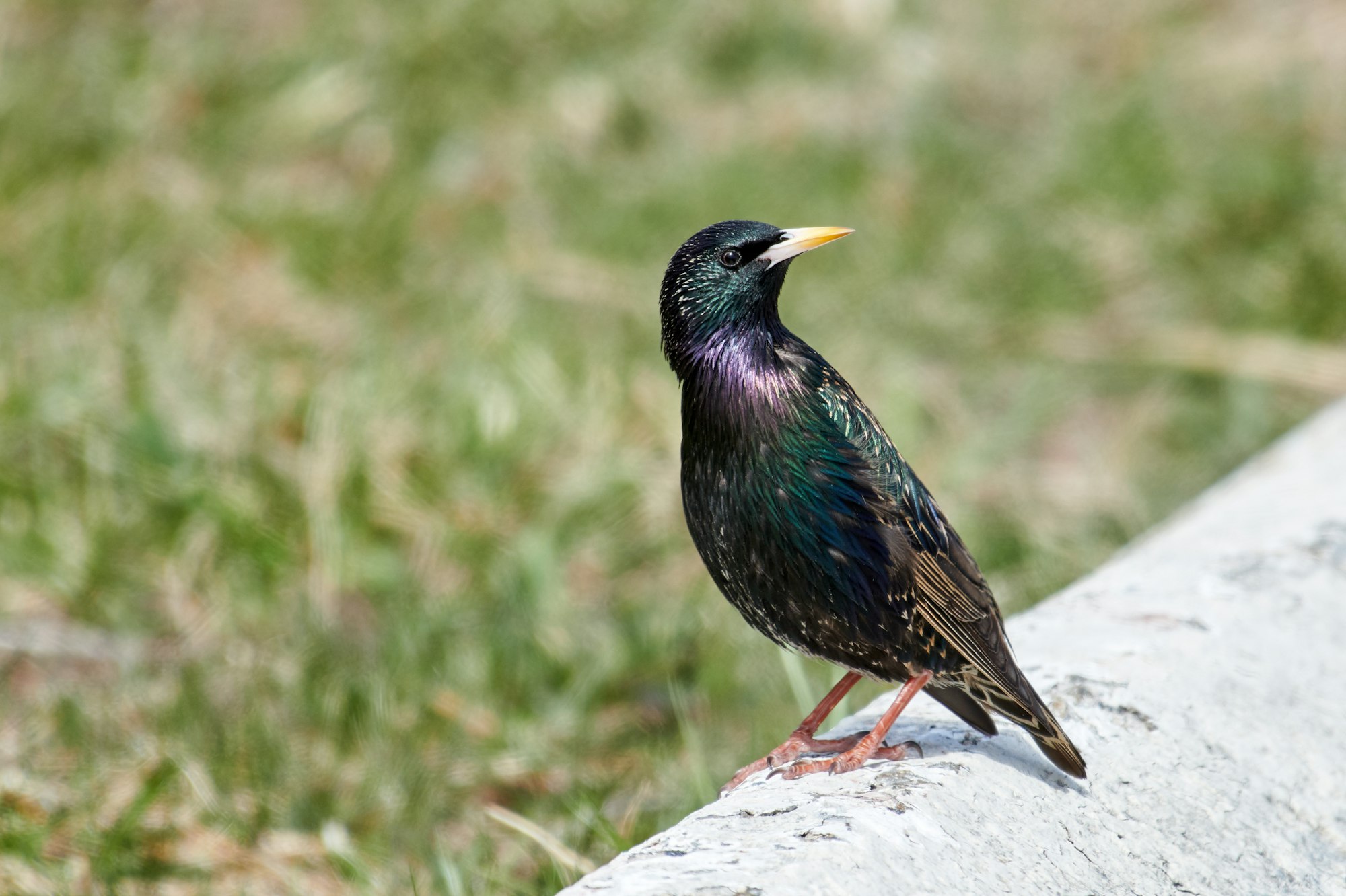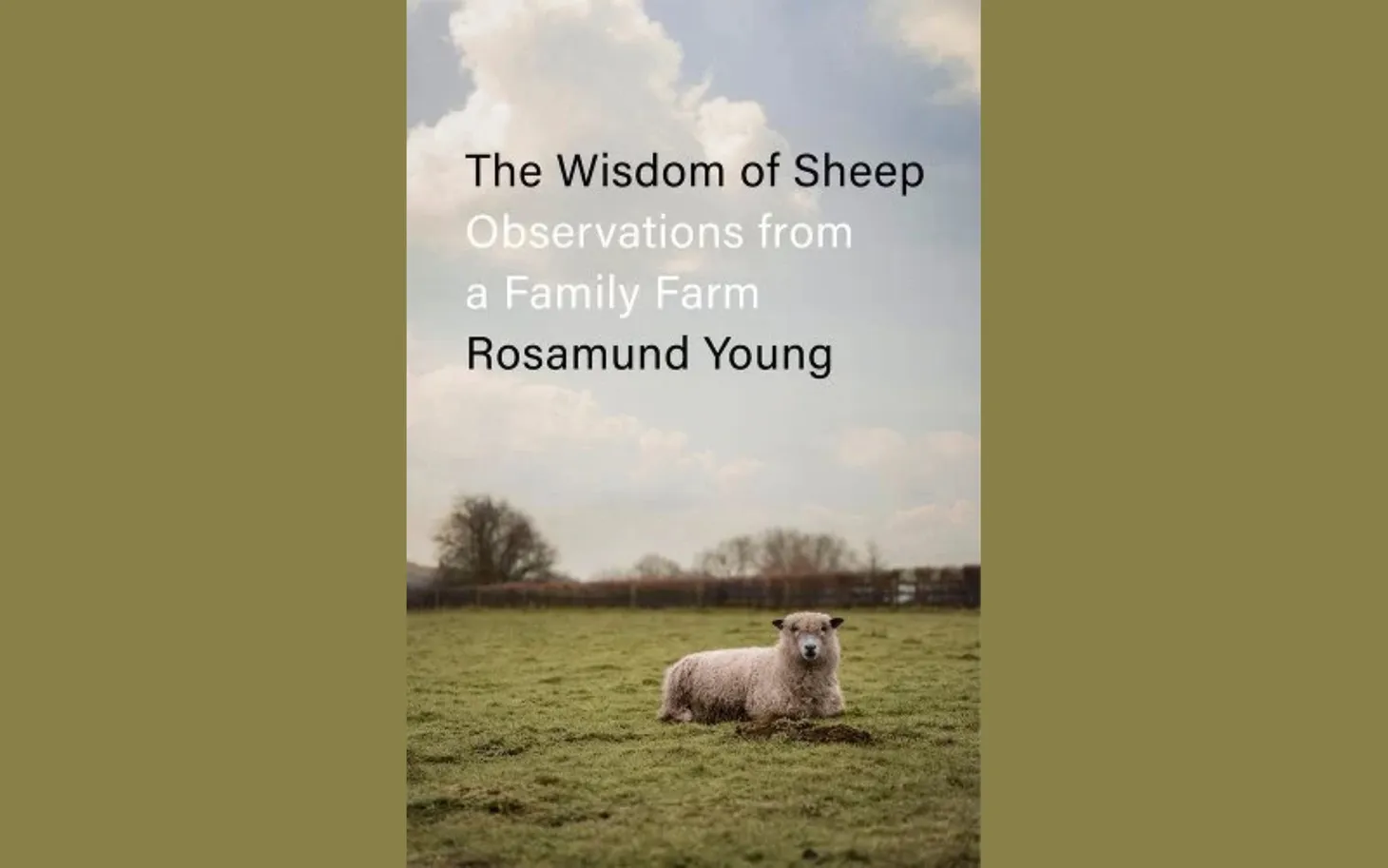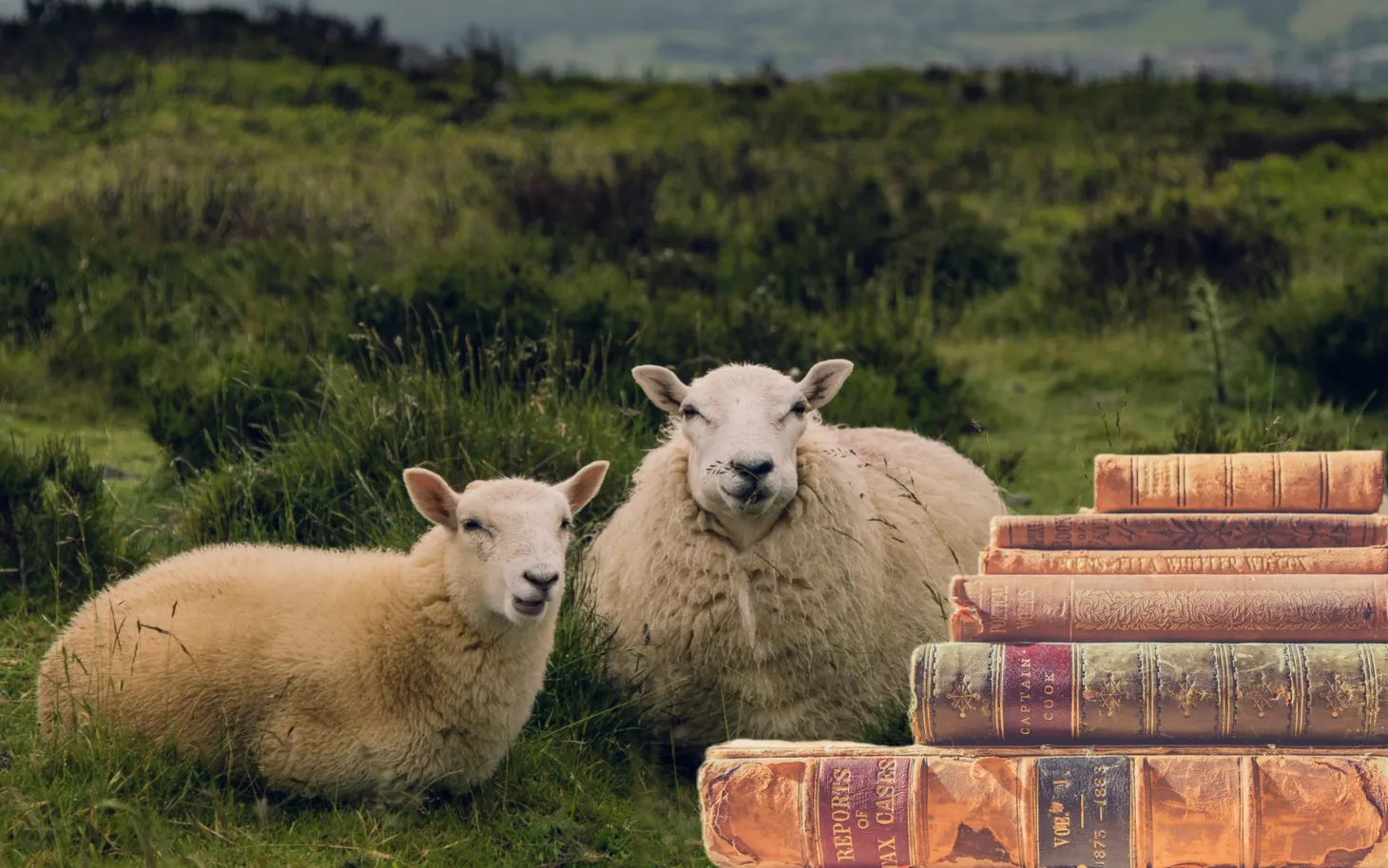Words in Wool: The Secret Story behind the Common Starling

Today I bring you a word in wool that's also a valuable bit of bird trivia.
Our subject is the European Starling, also known as the Common Starling or the Sturnus vulgaris, tauricus, zetlandicus, faroensis, poltaratskyi, porphyronotus, and a handful of other subspecies, none of which you need to remember, but they do look beautiful written out like that, don't they?
At any rate, the starling (vulgaris or otherwise) has long been a friend and companion of humans. And since humans have long been a friend and companion of sheep, it was only a matter of time before sheep and starlings would become fast friends.
I'm not sure the sheep had much say in the matter, but starlings learned that if they landed on a sheep's back they would sometimes find a buffet of bugs, ticks, and other parasites within the coat.
In localized regions of Britain, this earned starlings the nickname "sheepstares."
So the next time a flock of squawking starlings swarms your favorite tree, or you witness a brilliantly choreographed murmuration in the sky, know that you are in the presence of a very dear and valuable friend of the sheep.
The Wool Channel Newsletter
Join the newsletter to receive the latest updates in your inbox.




